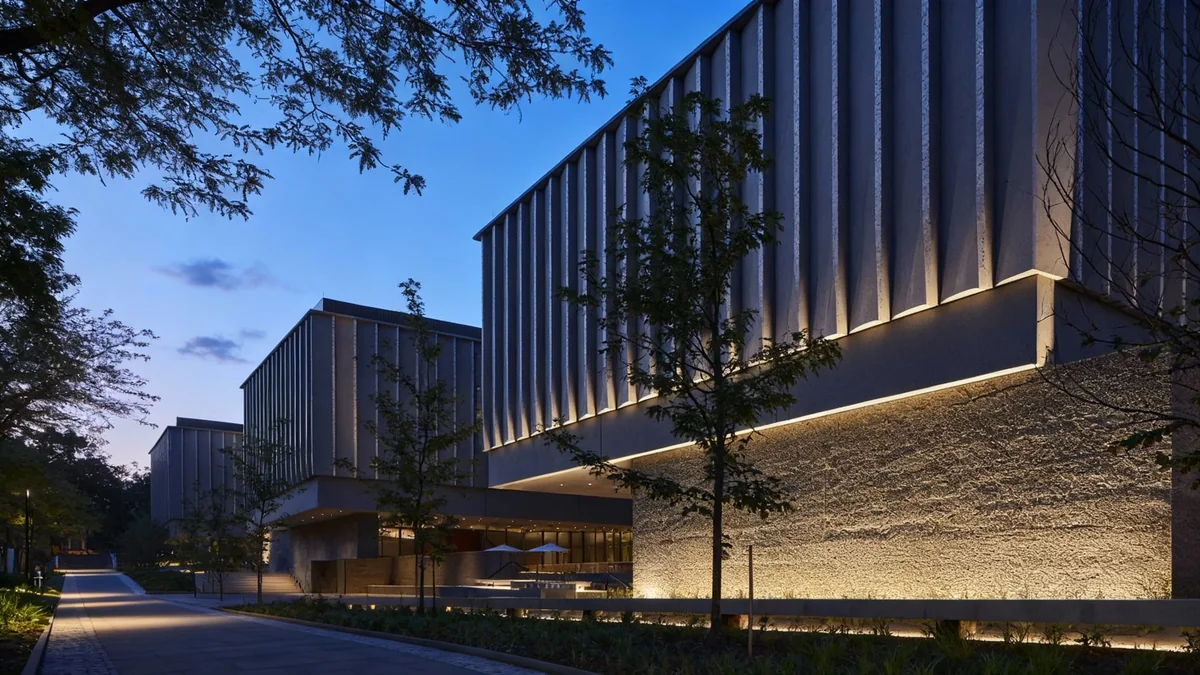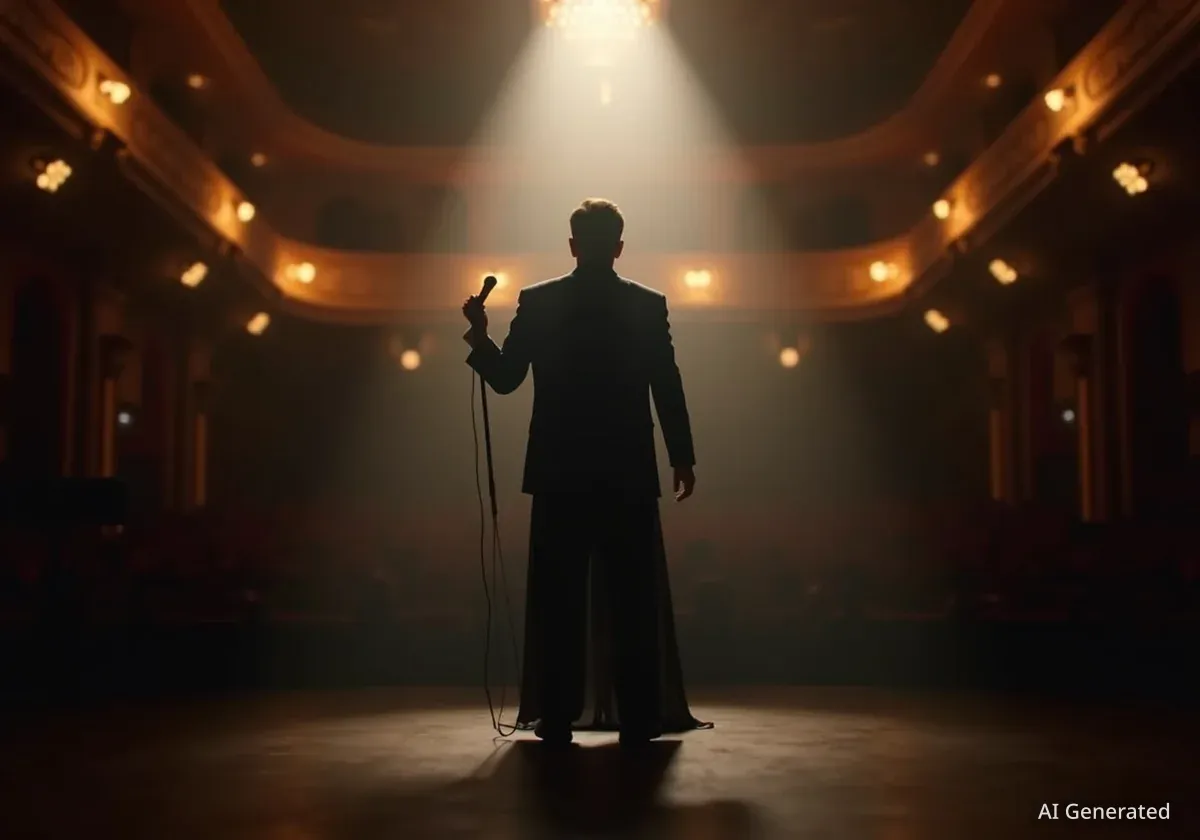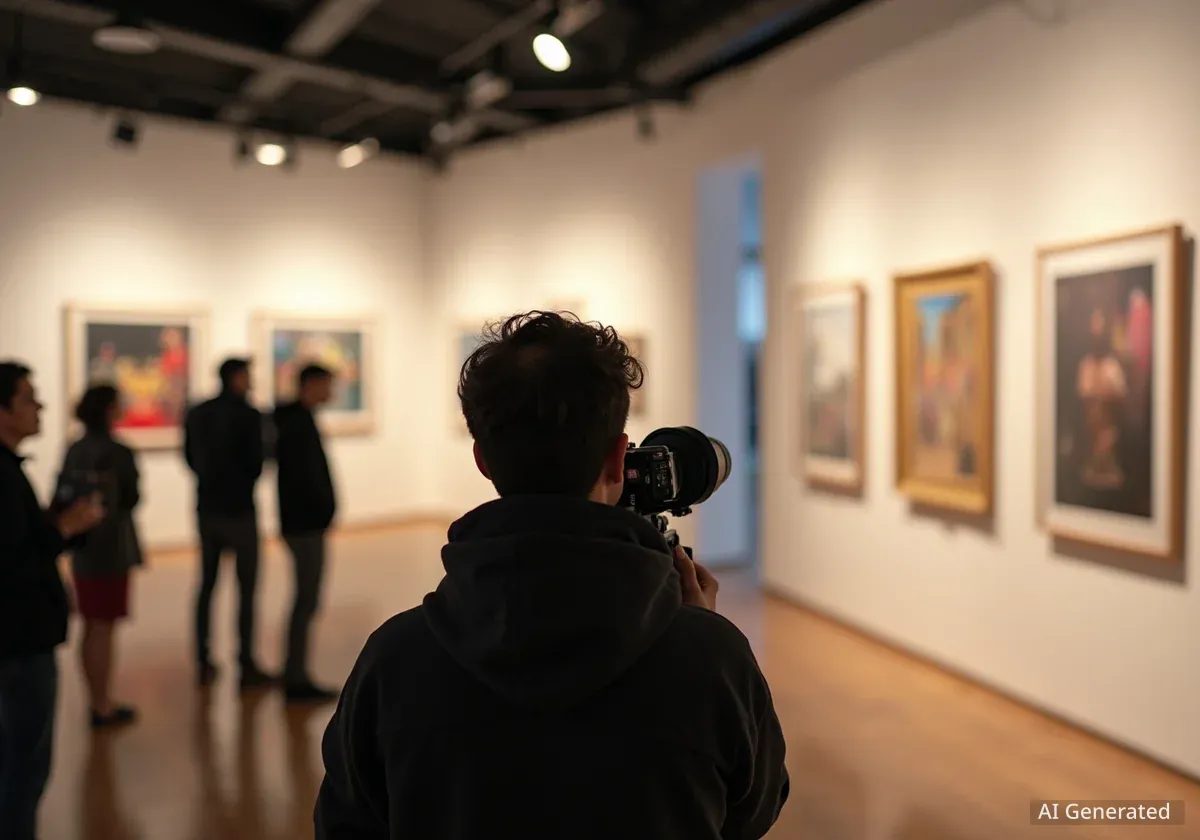Princeton University has officially opened its new art museum, marking the culmination of a five-year rebuilding project. The institution, which dates back to 1882, welcomed the public to its expanded facilities. This significant expansion doubles the museum's footprint and quadruples its gallery spaces, providing a new home for its extensive collection of over 117,000 art objects and artifacts.
Key Takeaways
- Princeton University Art Museum reopens after five-year rebuild.
- New facility doubles footprint and quadruples gallery space.
- Collection includes over 117,000 art objects.
- Features works by Andy Warhol, Nick Cave, and Toshiko Takaezu.
- Designed by David Adjaye and Cooper Robertson.
A Century-Long Vision Realized
The museum's director, James Steward, expressed deep emotion at the opening, highlighting the rare opportunity to inaugurate a new museum from the ground up. Planning for this ambitious project began in 2012. The goal was to create a modern space capable of housing the university's growing collection while enhancing the visitor experience.
Funding for the new facility came from a combination of sources. The museum staff raised two-thirds of the necessary amount, with Princeton University contributing the remaining funds. This financial effort allowed the project to proceed despite broader challenges in higher education funding.
Museum by the Numbers
- 1882: Year the original museum was established.
- 117,000+: Number of art objects and artifacts in the collection.
- 2012: Year planning began for the new facility.
- 146,000: Square footage of the new museum compound.
- 90%: Percentage of displayed artworks on the second floor.
Architectural Design and Features
British-Ghanaian architect David Adjaye initially designed the new building. The original museum closed during the pandemic and was subsequently razed in 2021 to make way for the new structure. Cooper Robertson completed the day-to-day operations of the rebuild.
The new museum spans 146,000 square feet. It features a Brutalist-style compound constructed from sand-blasted stone aggregate, bronze, and reclaimed laminated wood. Despite its modern aesthetic, the building integrates seamlessly with the university's collegiate Gothic campus.
Engaging Entry and Circular Flow
Visitors are greeted by several newly commissioned sculptures upon approach. A large-scale mosaic by artist Nick Cave is prominently displayed near the main entrance. Inside, a dramatic main staircase leads to the second floor, where over 90% of the museum's displayed artworks are located.
The interior design promotes a unique viewing experience through nine interlocking pavilions. This layout creates a "circular flow" between galleries, encouraging visitors to explore and discover unexpected connections between different works. Director Steward noted that this design allows for a "productively lost" journey.
"The goal of the museum is to get productively lost and make journeys you didn’t intend to make."
Diverse and Extensive Collections
The museum's collections are vast and varied, spanning different periods and regions. The European collection includes a copy of Monet's "Water Lilies," offering an intimate viewing experience without the crowds often found at larger institutions. The modern and contemporary paintings wing features significant works, including Andy Warhol's 1962 "Blue Marilyn," an early example of his Pop Art focus on celebrity.
A Legacy of Art and Education
The Princeton University Art Museum has served as a vital resource for both students and the wider community since its inception. Its mission extends beyond display, aiming to inspire academic inquiry and cultural appreciation. The expanded facilities will allow for enhanced educational programs and greater accessibility to its diverse holdings.
American Art and Alumni Donations
The American wing presents a thoughtful juxtaposition of 18th- and 19th-century portraits with contemporary works. These contemporary pieces often comment on America's historical legacies of slavery and colonization, providing a critical perspective on the nation's past.
Additionally, two gallery spaces are dedicated to works donated by Princeton alumni since 2021. This eclectic selection includes a large painting by Sean Scully, a porcelain cube by Ai Weiwei, and Becky Suss's painting "August, 2016." These donations highlight the ongoing support for the museum from its community.
Focus on Ceramics and Special Exhibitions
Among the museum's many highlights, its ceramics collection stands out. On the second floor, Roberto Lugo's 2023 stoneware vase, "The Man Who Carried the Ice Box on his Back up the Mountain: Alberto Ayala," depicts scenes from his youth in Puerto Rico and his life as a trash collector in Philadelphia.
The first-floor gallery will host a nine-month exhibition of stoneware sculptures by Toshiko Takaezu, a former Princeton visual arts professor who passed away in 2011. Several of her former students and colleagues are scheduled to lead discussions about her art throughout the fall, offering deeper insights into her influential work.
- European Collection: Features Monet's "Water Lilies" copy.
- Modern & Contemporary: Includes Andy Warhol's "Blue Marilyn."
- American Wing: Juxtaposes historical and contemporary works.
- Alumni Donations: Features works by Sean Scully, Ai Weiwei, and Becky Suss.
- Ceramics: Highlights Roberto Lugo and Toshiko Takaezu.
The new Princeton University Art Museum offers a rich and engaging experience for all visitors. Its thoughtful design and diverse collections aim to foster discovery and connection, inviting everyone to explore the world of art in new and unexpected ways.




